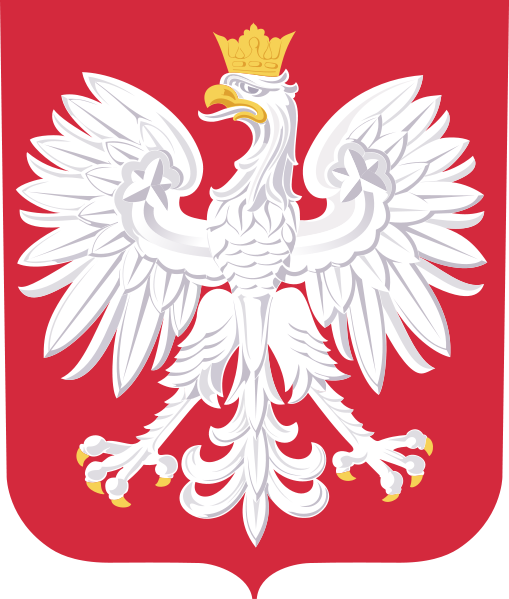Online first
Current issue
Archive
Most cited 2025
About the Journal
Editorial Board
Editorial Office
Copyright and self-archiving policy
Information clause on the processing of personal data
Conflict of interest and informed consent
Declaration of accessibility
Instructions for Authors
Instructions for Reviewers
Contact
Reviewers
2024
2023
2022
2021
2020
2019
2018
2017
2015
2016
2014
2013
Editing and translations
REVIEW PAPER
Occupational health hazards of street cleaners – a literature review considering prevention practices at the workplace
1
Institute for Prevention and Occupational Medicine of the German Social Accident Insurance, Institute of the Ruhr University Bochum (IPA), Bochum, Germany (Medical Department)
2
Institute for Prevention and Occupational Medicine of the German Social Accident Insurance, Institute of the Ruhr University Bochum (IPA), Bochum, Germany (Head of Institute)
Online publication date: 2020-09-15
Corresponding author
Vera van Kampen
Ruhr University Bochum (IPA), Institute for Prevention and Occupational Medicine of the German Social Accident Insurance Medical Department, Bürkle-de-la-Camp-Platz 1, 44789 Bochum, Germany
Ruhr University Bochum (IPA), Institute for Prevention and Occupational Medicine of the German Social Accident Insurance Medical Department, Bürkle-de-la-Camp-Platz 1, 44789 Bochum, Germany
Int J Occup Med Environ Health. 2020;33(6):701-32
KEYWORDS
occupational healthhazardsmusculoskeletal disordersrespiratory disordersinjuriesstreet cleaner/sweeper
TOPICS
- occupational diseases and work-related diseases, including asthma and rhinitis (case studies, diagnostics, prevention, risk factors)
- infectious diseases
- musculoskeletal diseases
- corporate occupational health strategy
- translation of science into policy in occupational and environmental health
- aerosol and bioaerosol exposure health effects
- biological agents exposure health effects
- hazardous materials management
- liquid and solid waste disposal
- noise pollution control
- assessment of the impact of working conditions on work capability and workers’ health (fitness for work)
- physiological effects of workload (physical and mental workload)
- physiological reaction to occupational factors: physical, chemical, air pollution, organizational
- occupational stress
- aerosol and bioaerosol exposure
- biological agents at the workplace
ABSTRACT
Street cleaning is an integral part of the solid waste management system. There are different ways to achieve clean streets depending on the availability
of equipment, the type and magnitude of dirt, the surface conditions encountered or traffic conditions. In general, hand sweeping by an individual
worker or a group, hose flushing, or machine sweeping or flushing are applied. In order to obtain information about the occurrence and relevance of
occupational health hazards of street cleaners, the current international literature, as well as corresponding German regulations, were reviewed and
evaluated. Street cleaning includes a variety of health hazards for employees. These can be subdivided into effects of occupational tasks and effects
of working conditions such as weather or road traffic. The hazards result from physical, chemical and biological exposures, but may also be due to
physiological and psychological burden or inadequate safety aspects. The most commonly reported work-related complaints are musculoskeletal and
respiratory disorders, cuts, slips, and road traffic accidents. In developing countries, street cleaners seem to be still heavily exposed to dust and, in most
cases, no suitable protective measures are available. Especially in industrialized countries there exist a number of standards and recommendations for
waste workers that aim to reduce their occupational health impacts. Int J Occup Med Environ Health. 2020;33(6):701–32
Share
RELATED ARTICLE
We process personal data collected when visiting the website. The function of obtaining information about users and their behavior is carried out by voluntarily entered information in forms and saving cookies in end devices. Data, including cookies, are used to provide services, improve the user experience and to analyze the traffic in accordance with the Privacy policy. Data are also collected and processed by Google Analytics tool (more).
You can change cookies settings in your browser. Restricted use of cookies in the browser configuration may affect some functionalities of the website.
You can change cookies settings in your browser. Restricted use of cookies in the browser configuration may affect some functionalities of the website.




